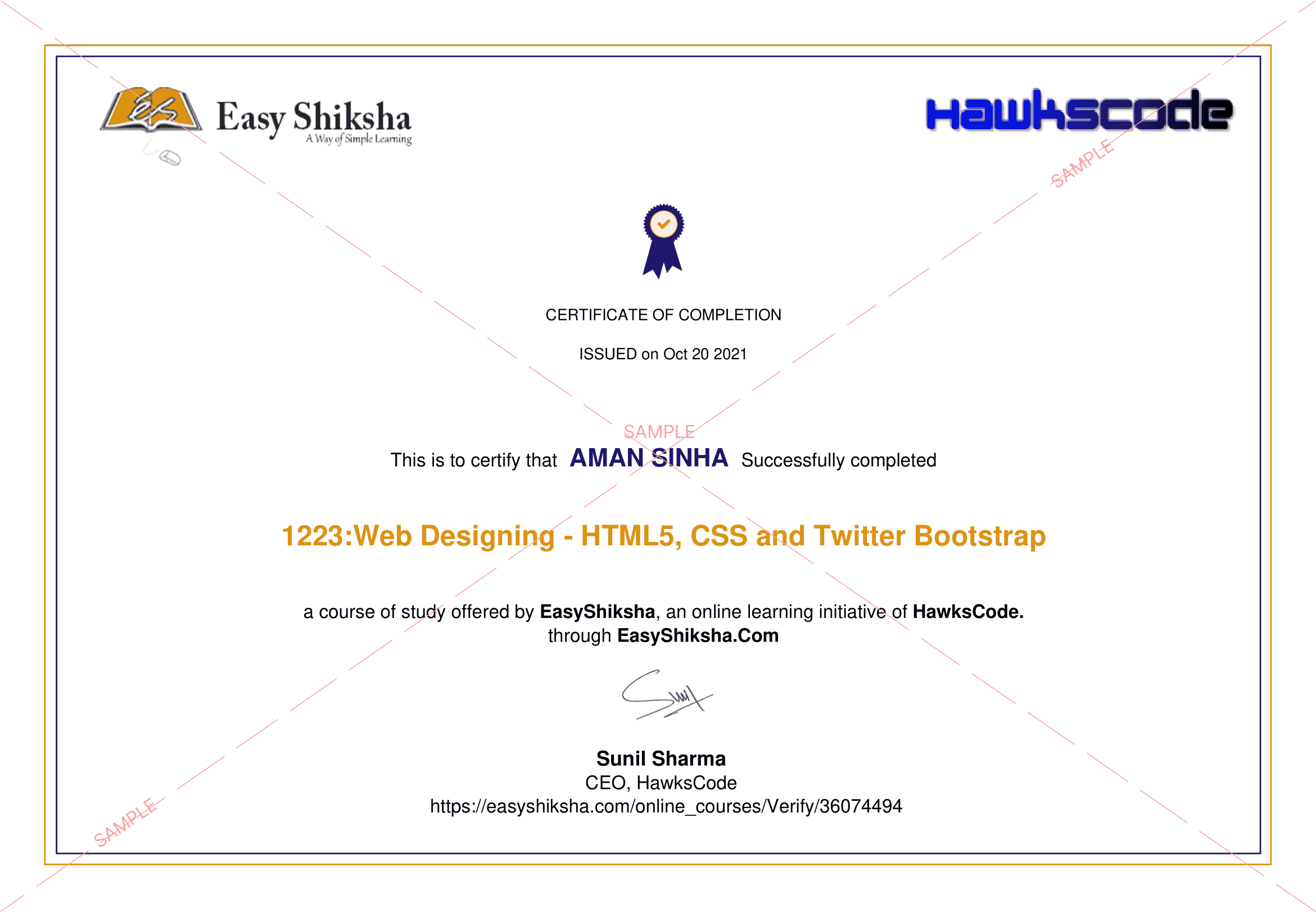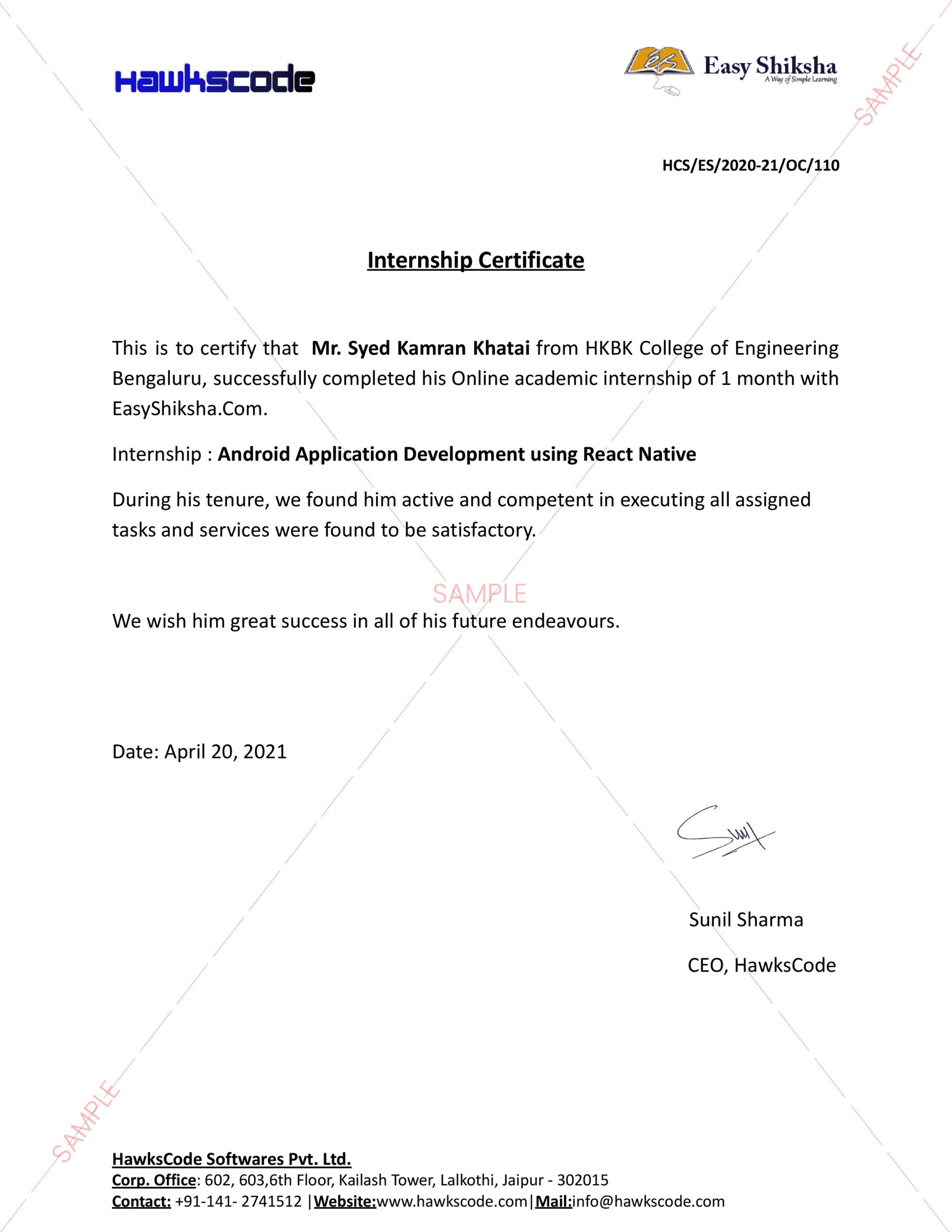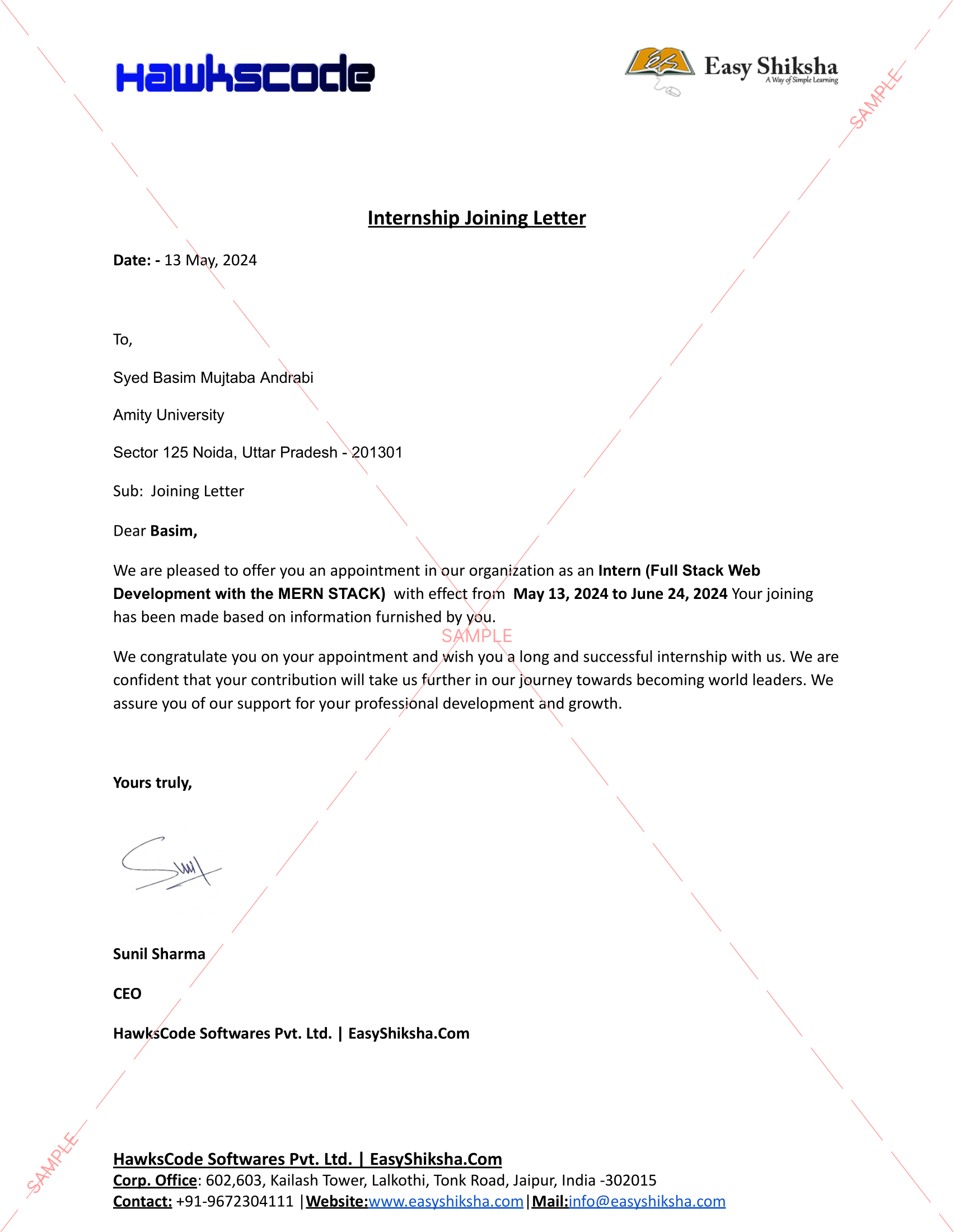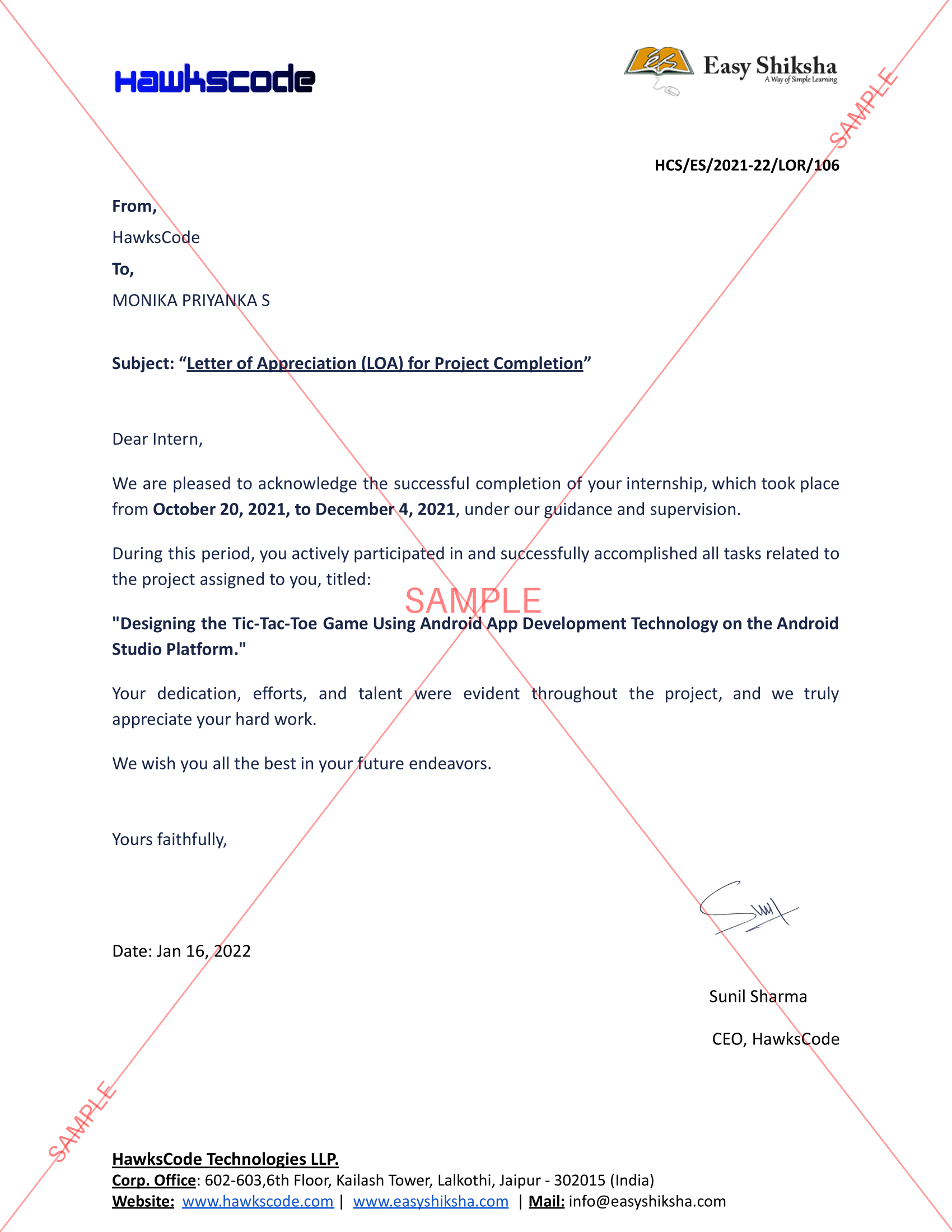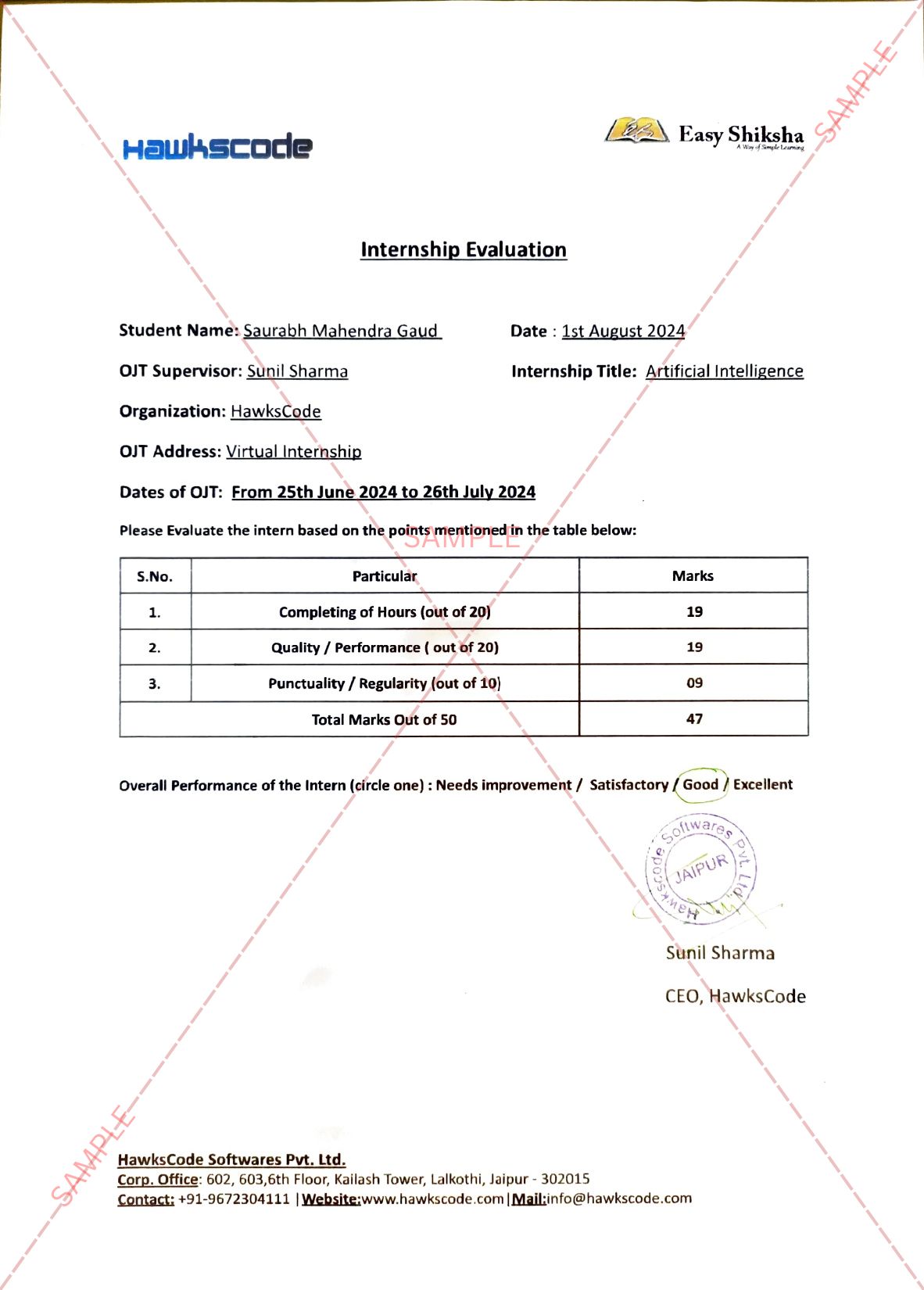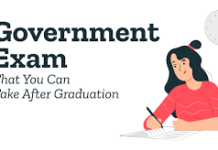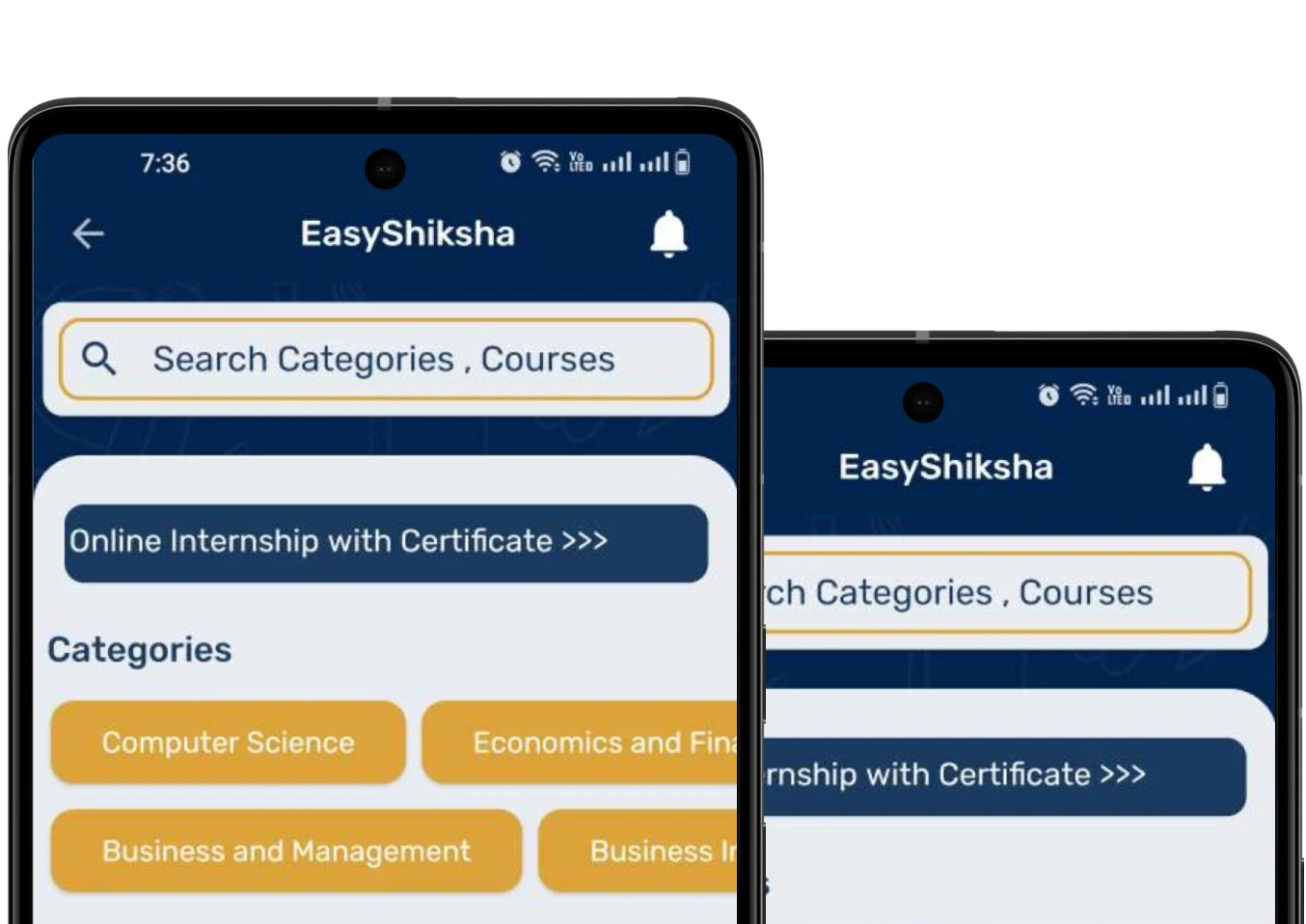In the ever-evolving landscape of education, technology has become a powerful tool for enhancing the learning experience. Among the most promising advancements is the integration of virtual reality (VR) into the classroom. According to easyshiksha.com, VR has the potential to revolutionize the way we approach education, unlock new possibilities, and transform the way students engage with course material.
Top Courses in Virtual Reality
More Courses With Certification

1. Immersive Learning Experience:
Virtual reality allows students to be transported into immersive, three-dimensional environments, where they can interact with digital content in a more natural and engaging way. This level of immersion can enhance the retention of information and improve the overall learning outcomes.
2. Experiential Learning:
VR technology enables students to engage in hands-on, experiential learning. They can simulate real-world scenarios, conduct experiments, and explore environments that would be otherwise difficult, dangerous, or even impossible to access in a traditional classroom setting.
3. Personalized Learning:
VR-based educational platforms can adapt to the individual needs and learning styles of each student. By tracking their progress and performance, these systems can provide personalized feedback, tailored content, and adaptive learning experiences.
4. Increased Motivation and Engagement:
The immersive and interactive nature of virtual reality can significantly enhance student motivation and engagement. By making learning more enjoyable and interactive, VR can foster a deeper interest in the subject matter and encourage students to take a more active role in their own education.
5. Accessibility and Inclusivity:
Virtual reality can make education more accessible to students with disabilities or special needs. By creating virtual environments that accommodate their specific requirements, VR can provide equal learning opportunities and foster a more inclusive educational landscape.
6. Cost-Effective and Scalable:
Compared to the high costs associated with physical field trips or specialized equipment, virtual reality can be a more cost-effective solution for educational institutions. Additionally, VR-based learning experiences can be easily scaled and shared across multiple classrooms or even multiple schools, enhancing the accessibility and reach of educational resources.
7. Collaborative Learning:
Virtual reality can facilitate collaborative learning experiences, where students can work together in shared virtual spaces. This can encourage teamwork, problem-solving, and the development of essential communication and social skills.
8. Exposure to Cutting-Edge Technologies:
Integrating VR into the curriculum exposes students to the latest advancements in technology, preparing them for the digital-centric future they will encounter. This exposure can foster a deeper understanding of technological innovations and inspire them to explore careers in STEM (Science, Technology, Engineering, and Mathematics) fields.
Also Read : Smart Saving, Smart Spending: Top 8 No-Cost Personal Finance Courses with free Internship Placements
Get course : certificate courses online
FAQs: Frequently Asked Questions
Q1: What are the hardware requirements for implementing virtual reality in the classroom?
A: The hardware requirements for VR in education vary, but typically include a VR headset, a compatible computer or mobile device, and any necessary sensors or controllers. easyshiksha.com recommends exploring cost-effective and user-friendly VR solutions that can be easily integrated into the classroom setting.
Q2: How can teachers effectively incorporate VR into their lesson plans?
A: easyshiksha.com suggests that teachers should first familiarize themselves with the VR technology, explore available educational VR applications, and plan how to seamlessly integrate the VR experiences into their curriculum. Providing proper guidance and support to students during the VR activities is also crucial for a successful implementation.
Q3: What are the common challenges in adopting VR in education, and how can they be addressed?
A: Some of the common challenges include the cost of VR hardware, the need for teacher training, and potential issues with scalability. easyshiksha.com recommends exploring cost-effective VR solutions, providing comprehensive teacher training, and collaborating with educational technology providers to address these challenges.
Conclusion:
The integration of virtual reality in education, as highlighted by easyshiksha.com, holds immense potential to transform the learning landscape. By leveraging the power of immersive, experiential, and personalized learning, VR can unlock new possibilities. Enhance student engagement, and prepare the next generation for the digital-centric future. As educational institutions continue to explore and embrace this transformative technology, the benefits of virtual reality in education will become increasingly apparent, paving the way for a more engaging, inclusive, and innovative learning experience for all.
